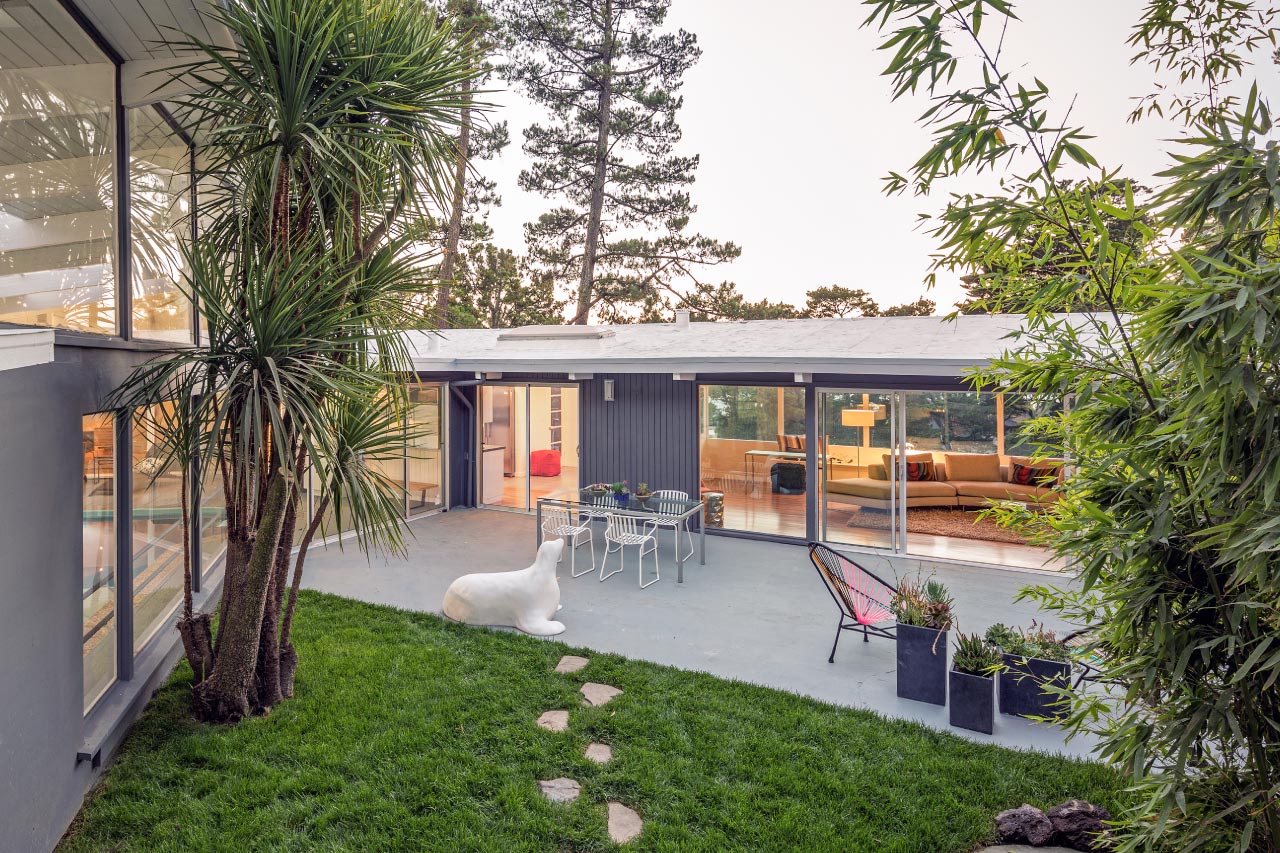Resource Center
Tips and tools to help you tackle any home project.


Popular projects near you
- from $1,890
Home Cleaning
from $85Roof Repair
from $594Fence Repair
from $380Appliance Repair
from $264Pest Control
from $186Gutter Services
from $575Plumbing Services
from $210
Explore top articles
From average costs to expert advice, get all the answers you need to get your job done.

Check out the cost of remodeling a bathroom, including factors like size, location, materials, and local labor rates.

Budget for solar panel installation costs based on factors such as system size, panel type, electrical requirements, location, rebates, maintenance, and more.

Budget for composite shingle roof costs based on factors like roof size and pitch, labor, removal and disposal, complexity, and more.

Budget for solar water heater costs based on factors such as system type, collector type, location in the home, labor, tax credits, and more.

Budget for the cost to remodel a small bathroom based on factors such as required fixtures, bathroom size, labor, remodel type, site prep, and more.

Building a modern-style home costs more than a traditional build, but smart planning helps manage the budget. Learn what affects price and how to save.






